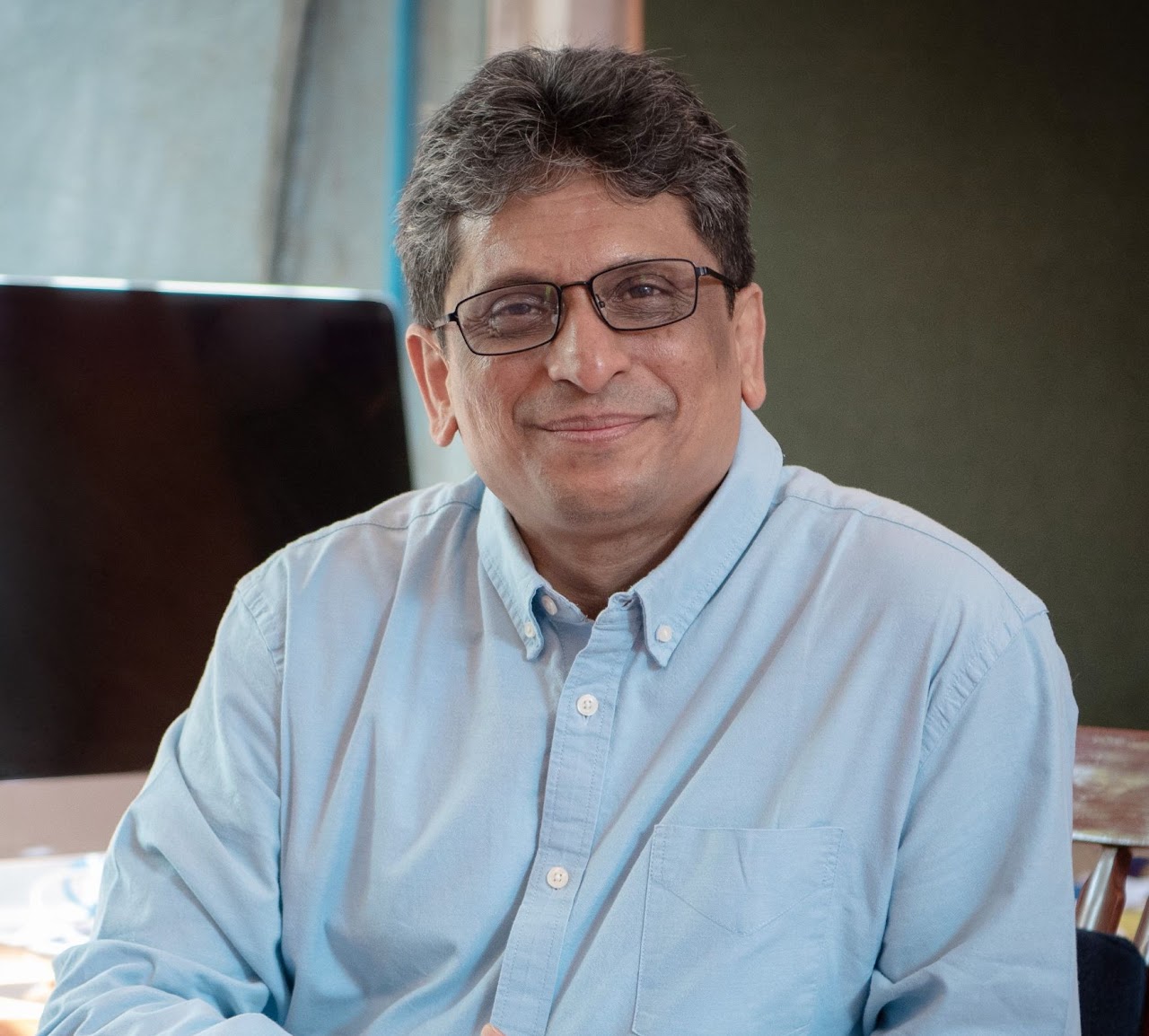
Somak Raychaudhury
Astrophysics
Vice Chancellor, Ashoka University
- Date: 18-May-2023
- Time: 1.30pm - 3.30pm
- Venue: Lecture Hall-AC02-011
Einstein’s Outrageous Legacy: Cosmic Illusions and Gravitational Waves
It has been a century since Einstein changed our way of looking at gravity. Einstein showed us that Newton's idea that any two things in the Universe pull each other with a gravitational force wasn't the whole story: gravitational attraction is due to the distortion of space and time. This view works, but can have many outrageous consequences, two of which will be described in this talk: light can bend around stars and galaxies, causing mirages and illusions on a cosmic scale, and as things move in space, it vibrates like a drum. These 'ripples' of space-time, predicted by Einstein almost a century ago are the most characteristic departure from Newtonian's gravity. Such 'gravitational' waves are distortions of space-time that carry a large amount of energy and yet produce only infinitesimally small effects as they pass through space at the speed of light.
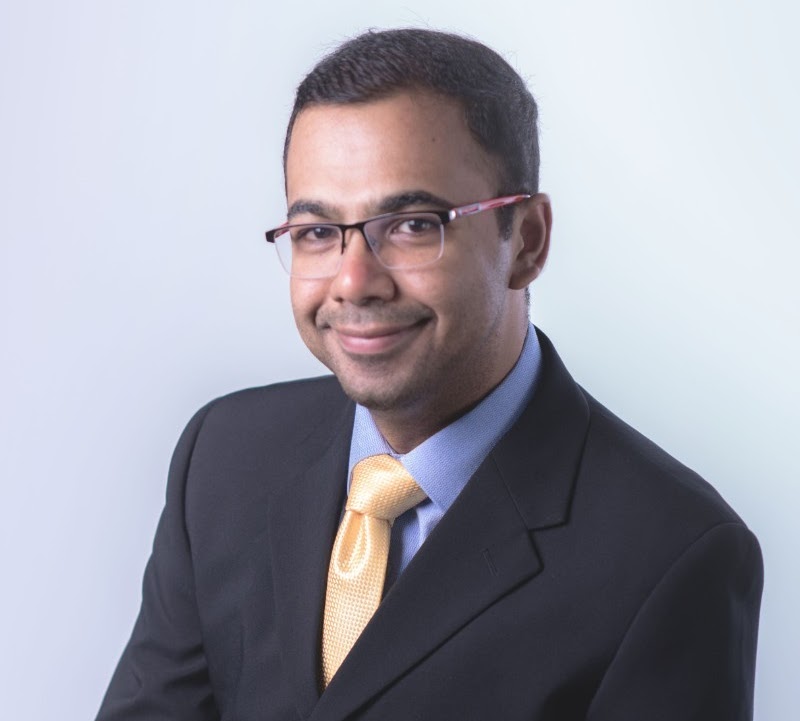
Manoj Mathew
Microscopy
Carl Zeiss
- Date: 19-May-2023
- Time: 1.30pm - 3.30pm
- Venue: Lecture Hall-AC02-011
The Basics of Microscopy Through the History of Optics and Microscopy
It is interesting to learn about microscopy through its history. This history is fascinating, starting with the ancient Greeks who asked questions like “What is light?”. In this lecture, I will take you through the basics of light-matter interactions like reflection and refraction. I will then tell you how lenses work and how to combine them to create optical systems like microscopes. We will also look at some advanced concepts, like the wave nature of light and how this concept is the centerpiece of microscopy. I will try to relate all these concepts to historical facts and make these ideas as intuitive and visual as possible.
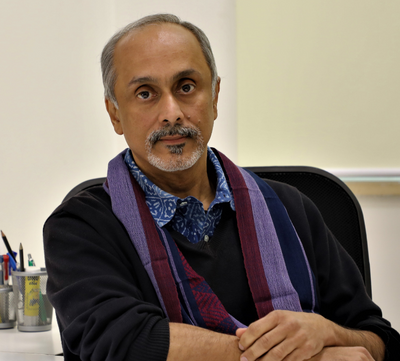
Gautam Menon
Physics and Biology
Ashoka University
- Date: 20-May-2023
- Time: 1.30pm - 3.30pm
- Venue: Lecture Hall-AC02-011
Soft and Squishy Materials and How to Think About Them
The materials we see around us can be hard (a metal spoon) or soft (a well-made idli or your earlobe). Many materials fall in-between extremes of hardness and softness. Other types of materials (honey, water) flow. Some materials flow easily while others flow very, very slowly. I'd like to describe the ideas behind our understanding of how the materials we see around us behave, drawing your attention to simple everyday observations. These ideas are particularly useful in connecting biology to both physics and chemistry.

Jagdish Krishnaswamy
Ecology
IIHS, Bangalore
- Date: 22-May-2023
- Time: 1.30pm - 3.30pm
- Venue: Lecture Theatre-AC02-110
A Gentle Introduction to the Bayesian Approach for Analysing Our Ecology and Ecosystems
Scientific questions, data, models and methods need to be integrated rather than seeing data analysis and statistics as an afterthought of the scientific process. There are two schools of statistics: frequentist and bayesian. Unlike the frequentist approach, the Bayesian approach allows for updating existing information and data with new data collected in a study through Bayes theorem.
The existing information and available evidence can be summarized in the form of probability distributions with varying degrees of uncertainty built in. This is where some subjectivity may creep in. This is essentially like a quantitative statement of an a priori hypothesis. Furthermore these approaches enable us to avoid nonsensical and impossible "null" hypotheses and instead start with a plausible one that incorporates available evidence and knowledge explicitly in the form of statistical and scientific priors. We use simple graphics and examples from ecology and the environmental sciences and everyday life in India to illustrate the strengths and challenges of the bayesian and quasi-bayesian approaches in understanding and interpreting complex phenomena.
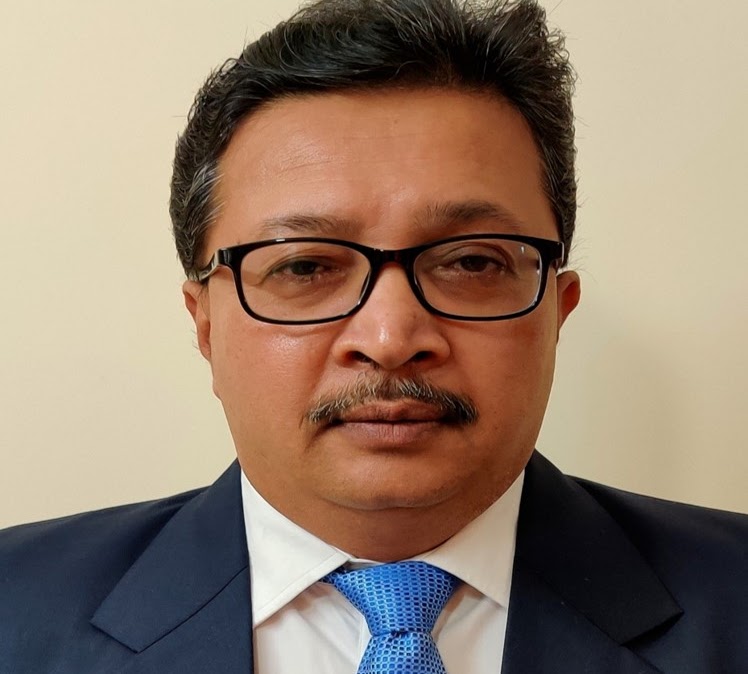
Rishi Kant
Microscopy
Carl Zeiss
- Date: 23-May-2023
- Time: 1.30pm - 3.30pm
- Venue: Lecture Theatre-AC02-110
Modern Microscopy Techniques
There are a lot of biological structures, which we can study using conventional widefield or confocal microscopy. We can resolve individual cells, and even larger organelles inside of cells, such as the nucleus, or the endoplasmic reticulum.
On the sample size front, you can have the smallest sample (a single bacterium ~1um) up to the zebrafish of almost 1 cm length. There are many biological structures of interest, which are smaller than these objects. In order to access these structures, scientists need to turn to techniques such as electron microscopy. Super Resolution Imaging techniques like SIM, STED, and Localization Microscopy are allowing scientists to answer questions about these smaller structures, such as mitochondria, viruses, synaptic vesicles and even the locations of individual proteins. In contrast to electron microscopy, super-resolution fluorescence microscopy maintains the benefit of being able to target multiple structures of interest with fluorescent tags and even study the structures in living specimens.

Jack Szostak
Biochemistry
Nobel Laureate
University of Chicago
- Date: 25-May-2023
- Time: 4.30pm - 6.30pm
- Venue: Lecture Hall-AC02-011
The Origin of Life
How life first emerged on the early Earth is one of the great mysteries of science. I will talk about how we think the chemical building blocks of biology were formed and then spontaneously assembled into the first very simple cells. I’ll show some examples of how such primitive cells might grow and divide, and I’ll discuss current ideas about the early Earth environments that may have nurtured the first life on our young planet.
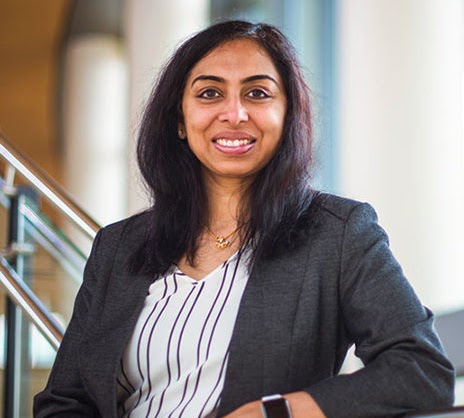
Yamuna Krishnan
Chemical Biology
University of Chicago
- Date: 26-May-2023
- Time: 2.00pm - 3.30pm
- Venue: Lecture Theatre-AC02-110
Next-generation Targeting has Organelle-level Precision
Organelles are small membrane-bound compartments inside cell. Just like organs of the body perform specific functions for the body, organelles of cells perform specific functions for the cell. Their activity and chemical composition therefore, reflect the cell’s metabolic state. Metabolism is altered in disease or upon aging and this is reflected at the level of organelles inside our cells. Nature can already deliver cargo from outside the cell to reach specific organelles precisely in the cell. Cases in point are invading pathogens that invade us, or nutrients that the cell needs. My lab has made DNA nanodevices and we have shown that we can deliver these nanodevices to precise organelles, just like Nature does.
DNA can be made chemically, and we can fold it to form nanometer-sized assemblies, commonly referred to as DNA nanodevices. Our first discovery in 2011 revealed that DNA nanodevices could reach organelles called lysosomes in live worms, where it functioned like a pH-meter. Until this innovation, it was not at all obvious whether such DNA nanodevices could function inside a living cell without being interfered with, or interfering with, the cell’s own DNA. Today we show that we can now deliver therapeutics with organelle-level precision in whole animals.
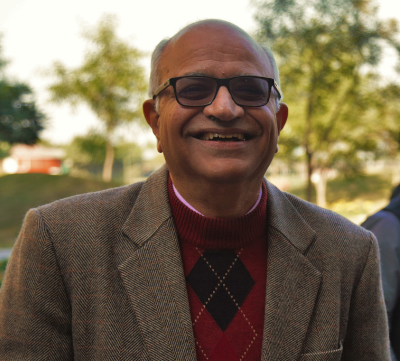
Rajendra Bhatia
Mathematics
Ashoka University
- Date: 27-May-2023
- Time: 2.00pm - 3.30pm
- Venue: Lecture Theatre-AC02-110
What is Infinity?
Counting is one of the first human activities. We will discuss what it means, and then discuss the notion of infinity. Infinite sets have some surprises in store. Understanding them is necessary for doing a large part of mathematics.
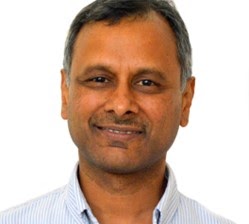
Manish Gupta
Computer Science
Google Research India
- Date: 29-May-2023
- Time: 2.00pm - 3.30pm
- Venue: Lecture Theatre-AC02-110
The Exciting New World of AI Research
We begin by sharing a personal perspective of witnessing and benefiting from the growth of computer science from a niche field to one that is impacting every aspect of the world, enabled by an exponential rate of increase in computing power. In particular, we describe the recent advances in the area of artificial intelligence, and the high-level ideas underlying the progressively narrower domains of machine learning, deep learning, and foundation models, which have emerged over time as dominant paradigms for artificial intelligence. We describe the tremendous progress of these models on problems ranging from understanding, prediction, and creativity on one hand, and open technical challenges like safety, fairness, and transparency on the other hand. These challenges are further amplified as we seek to advance Inclusive AI to tackle problems for over a billion human beings in the context of India and the Global South. We present our work on multilingual models to democratize information access in a diverse set of Indian languages, on healthcare in environments where we lack data in digital form, to begin with, and on analysis of satellite imagery to help transform agriculture and improve the lives of farmers. Through these examples, we hope to convey the excitement of pursuing a research career at this time when there are fascinating open problems to tackle and an unprecedented opportunity to make a difference to the world.
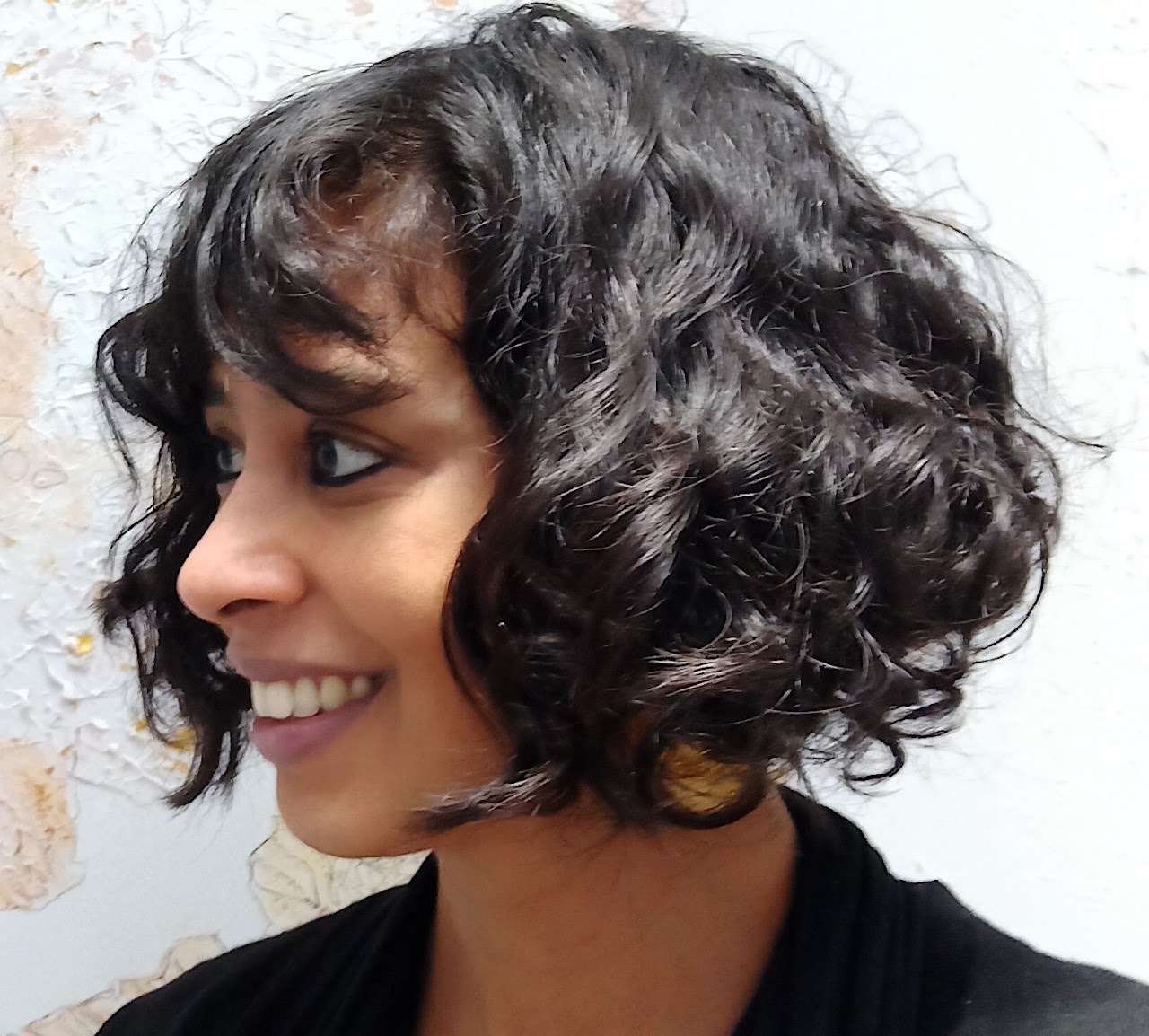
Rohini Devasher
Astronomy & Arts
ICTS, Bangalore
- Date: 31-May-2023
- Time: 2.00pm - 3.30pm
- Venue: Lecture Theatre-AC02-110
Encounters: Between Wonder and the Strange
I will share the works that map the complexities of ecology, time and space, through the twin frames of wonder and the strange. At the core of this is a recognition of the entanglement of relationships in the natural world, but also of their deep strangeness, their weirdness, and the places that are created by their grafting and fusion.
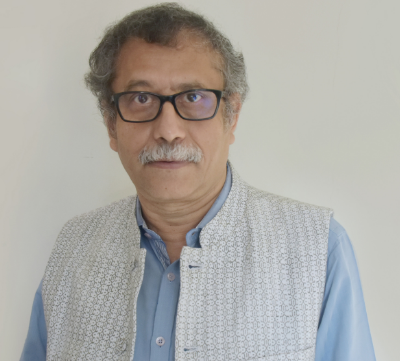
Sourav Pal
Chemistry
Ashoka University
- Date: 1-Jun-2023
- Time: 2.00pm - 3.30pm
- Venue: Lecture Theatre-AC02-110
Chemistry in the Building of Matter: Atoms to Molecules to Materials
Chemistry has been a central science in the understanding of molecules from Atoms. Further, materials are built out of molecules and chemical science helps us in the understanding and design of molecules and devices for functional materials which are helpful for renewable energy, climate change, healthcare and environmental materials. Quantum principles with multiscale simulations, synthetic designs and analytic tools have helped in the design of functional molecules and materials.
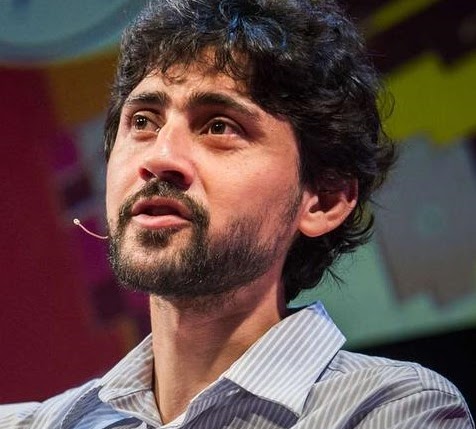
Manu Prakash
Bioengineering
Stanford University
- Date: 5-Jun-2023
- Time: 2.00pm - 3.30pm
- Venue: Lecture Theatre-AC02-110
Title:
- Recreational Biology: Geometric Puzzles in Bell Biology
- Frugal Science: Solving Hard Problems with a Pinch of Curiosity and Play
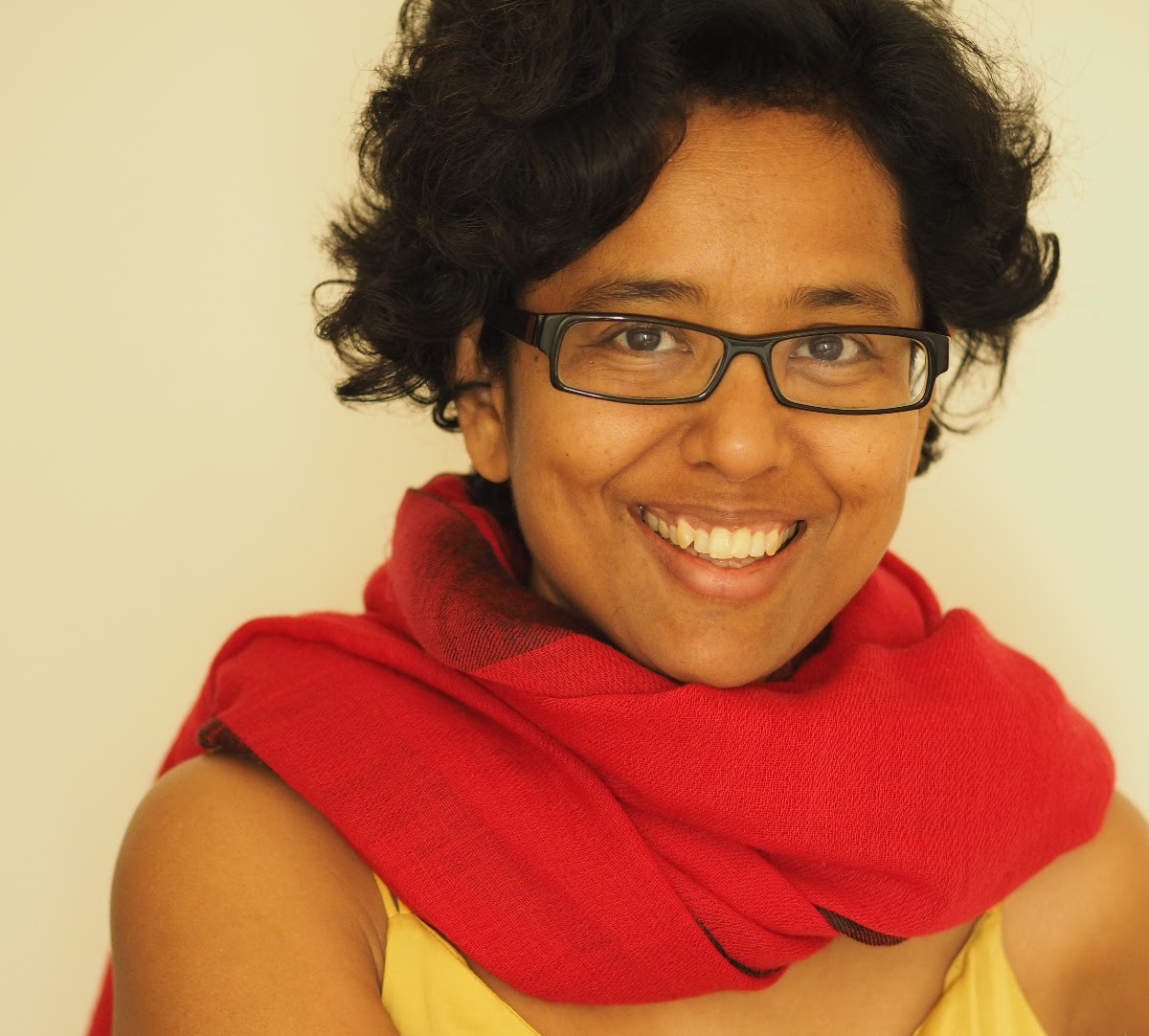
Susmita Mohanty
Space Architecture
Spaceport Sarabhai
- Date: 6-Jun-2023
- Time: 2.00pm - 3.30pm
- Venue: Lecture Theatre-AC02-110
Born to Explore!
- Formative years – how the cultural and intellectual milieu of Sarabhai-Ahmedabad shaped meG
- Gender-neutral upbringing and the company of strong women and feminist men
- Mentors – sci-fi writer Sir Arthur Clarke, Dr. Gerry Soffen (led NASA’s first mission to Mars), Prof. Yash Pal, astronauts Mike Barratt and Jeff Hoffman
- Mission Impossible #1 – How I raised 35000 $ in 1996 (without the internet) to be able to attend the International Space University
- Mission Impossible #2 - How I went on to work at NASA and Boeing
despite being a foreign national
- Playing anti-status-quo-ist and choosing to become a space entrepreneur when the word ‘start-up’ did not quite exist
- Mission Impossible #3 – How I took on a US embargo and ITAR (stringent export control regime from the cold war era) and helped open up the US launch market for the Indian PSLV rocket.
- The role I played in leading India’s foray into the international space marketplace and helping us transcend from an accomplished government program to creating a New Space ecosystem
- Quick overview of my 3 companies on 3 continents and what we do / did
- Women in Aerospace – How things have changed over the last 2 decades + my advice to young women who aspire to challenge the existing status-quo and thrive in male-dominated professions
- End the talk with impressions from a trip to Antarctica and a call for climate awareness, activism and action.
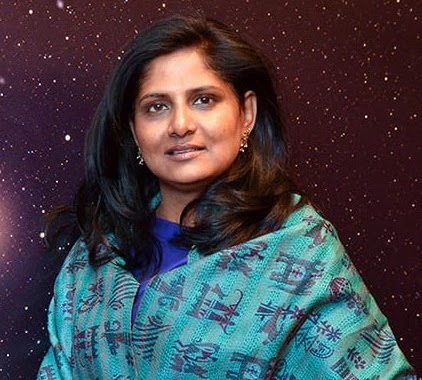
Priyamvada Natarajan
Astrophysics
Yale University
- Date: 8-Jun-2023
- Time: 2.00pm - 3.30pm
- Venue: Lecture Theatre-AC02-110
Mapping and Finding Our Place in the Universe
In this talk, we will time travel and journey back to the early Universe. We will trace the origin and evolution of the Universe, its visible and invisible constituents: galaxies, dark matter and black holes. Our map of the Universe has transformed fundamentally - just a hundred years ago, we barely knew of the existence of galaxies other than our own. Today not only have we mapped billions of galaxies, we have confirmed the existence of planets orbiting other stars, we question the existence of other possible Universes. Our scientific progress in cosmology has been remarkable.
In this talk, I will present our current understanding of the cosmos leveraging data from the James Webb Space Telescope, the Hubble Space Telescope, the Chandra Space Telescope and ground-based facilities including LIGO and state-of-the-art modeling and computation . Even as our understanding has evolved dramatically, many open questions remain. I will close by outlining the areas of research that offer exciting discovery opportunities in the near future.
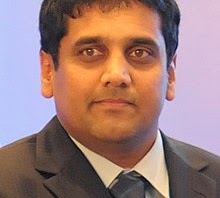
Chandrashekhar Khare
Mathematics
University of California, LA
- Date: 9-Jun-2023
- Time: 2.00pm - 3.30pm
- Venue: Lecture Theatre-AC02-110
A Great Riddle and the Quest for its solution
Good problems and questions are the lifeblood of any subject. Modern mathematics can seem very abstract, abstruse, and forbidding. But its elaborate theoretical structure has often been developed in response to the challenge of a problem that resisted solutions for decades or even centuries. I will talk about a problem posed by Pierre de Fermat in 1637 which was resolved more than 350 years later by Andrew Wiles in 1994. The problem is misleadingly called Fermat's Last Theorem. It is very unlikely Fermat had proof of his assertion that the equation X^n+Y^n=Z^n has no solution in positive integers X, Y, Z as long as the exponent n is bigger than 2. (It would be more accurate to call it Fermat's Conjecture or Fermat's Problem!)
I will talk about how Fermat's problem acted as a muse to number theorists and led to the creation from scratch of new techniques and fields of mathematics that in the end became an integral part of Wiles's proof. Fermat's problem is more of a riddle than of theoretical importance to mathematics, but it inspired mathematicians to come up with new ideas that are now at the heart of modern mathematics.
Thus my talk will be about the importance of good questions that can take mathematicians on a long journey (sometimes lasting 350 years!), and lead to significant discoveries of greater importance than just their application to answering the question. Wiles's very 20th-century solution of Fermat's 17th-century solution is a great example of this.
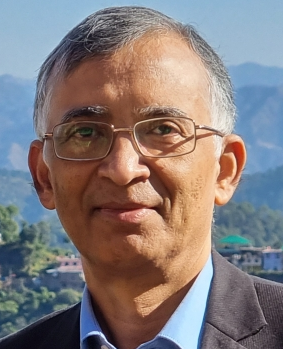
Uday Maitra
Organic Chemistry
IISc, Bangalore
- Date: 12-Jun-2023
- Time: 2.00pm - 3.30pm
- Venue: Lecture Theatre-AC02-110
Chemistry is Fun!
Chemistry is an experimental science, and an important aspect of chemistry teaching is to demonstrate appropriate experiments. Some experiments selected for demonstration are often unsafe experiments, producing toxic fumes and/or toxic waste. This issue of safety is often compromised in many teaching laboratories! In the present-day scenario, we have the advantage of demonstrating videos of experiments done under safe conditions, and carrying out simple, safe experiments using easily available ingredients.
This ‘show’ will highlight that Chemistry is the central, creative, and useful science. A few basic principles of chemistry will be discussed with simple experiments.
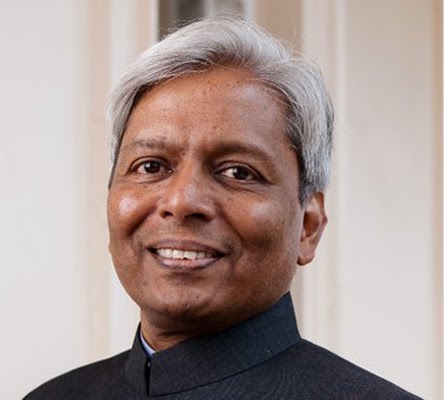
K VijayRaghavan
Biology
Chair - Science Advisory Council
Ashoka University
- Date: 14-Jun-2023
- Time: 2.00pm - 3.30pm
- Venue: Lecture Theatre-AC02-110
Title: TBA
| Title | Abstract | Faculty Name |
|---|---|---|
| Connecting Science & Society: Learning how to engage audiences with our science |
"The project module will focus on ""Connecting Science and Society"" and help students effective share and engage different audiences with their scientific ideas, by imparting critical skills and competencies within science communication. Science communication is an act of connecting people with knowledge, emotions and shared experiences within the field of science. It is both an art to be practised creatively as well as a science to be studied systematically. This module will introduce students to the fundamentals of science communication and public engagement and help them develop essential skills in communication and participatory engagement. Using interactive approaches like discussions, games, and activities, this module will expose students to various ideas and concepts such as storytelling techniques, understanding your audiences, and balancing accuracy and accessibility of scientific ideas. Additionally, the module will provide dedicated space for individual feedback, informal discussions and mentorship in and around science communication, and thereby serve as a tinkering space for developing and improving scientific presentations that students are expected to produce as part of the Lodha Genius Programme." |
Siddharth Kankaria |
| Ecology using birds as study organisms | Ecology is the study of animals and plants and their interaction with the natural world. Every animal has its own mysteries and uniqueness, and they face different threats from humans. In this course/module, I will introduce the students to the field of ecology using an immensely fascinating and enigmatic group of animals: bats. Students will learn about the vast variety of bat species found in India and how to identify them. I will also teach them how to record and analyse the ultrasonic sounds of birds. The last couple of weeks will be devoted to doing a project on campus, that the students will ideate and conduct under my supervision. | Rohit Chakravarty |
| Quantitative and computational biology | Quantitative and computational approaches are essential to develop insights into how biological systems function at various levels of organization, from the molecular to the cellular to the organismic to the ecological. In this project, learners will use, modify and create computational models using an agent-based modeling software NetLogo. Learners will first study a computationally modeled biological ecosystem to learn quantitative population genetics. They will then modify the model to improve it. Finally, they will create a new model of a biological phenomenon of their interest or work on a data analytics project in quantitative biology. This project-based learning experience is designed to develop computational thinking, scientific thinking and complex systems thinking in students. This will equip them with the skills necessary to pursue complex scientific problems in the future. | Sugat Dabholkar |
| Microscope on Rails |
This project aims to build a microscope on the bench from scratch using discrete optical components, rails, and an optical bench. In so doing, you will learn how optical systems and microscopes work and gain skills in optical design and construction. This will allow you to create novel microscopes for your future scientific research. The project will involve the following goals: Understand working with lenses and images, Apertures and fieldstops, Conjugate focal planes, Building the microscope condenser, Building the microscope imaging path, The microscope imaging path on a compound microscope, Testing the microscope magnification and resolution, Imaging the back focal plane, and Understanding advanced compound mciroscopes |
Manoj Mathew |
| Science from Fiction : Projects in Astrophysics |
The genre of hard Science Fiction (SF) is well known for accurately predicting many aspects of future life (like, submarines, communication satellites, smart electronics etc.). What is not well known is that many of these SF stories use hard science (though in futuristic settings) and can be turned around to give young students a hands-on experience of learning science in a non-pedagogic manner. For this year's Lodha Genius program, we have chosen 5 classic SF stories to design 5 Astrophysics projects. In each of these stories, a problem is posed in an astrophysical setting (like how to explain certain mysterious events near a star, or how to rescue stranded astronauts from the asteroid belt etc.) which needs to be resolved. In each case, simple physics (no fantasy or stretching scientific principles) is applied to find a solution, which may be fantastic but are definitely within feasibility limits. The students, after they have read a story, would be provided with relevant astrophysical parameters. Their task would be to formulate the method to calculate the relevant quantities, obtain the results and demonstrate that the solutions indeed work (or perhaps don't!!). |
Sushan Konar |
